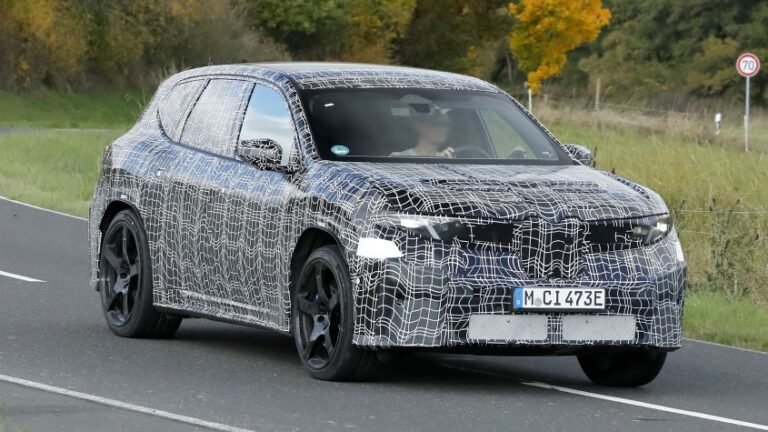

- Honda and Nissan are reportedly in talks to work together in the US.
- Both have been negatively affected by President Trump’s tariff strategy.
- The companies had previously considered a merger, but talks fell apart.
It looks like Honda and Nissan just can’t quit each other. Months after calling off merger talks, Japan’s second- and third-largest automakers are once again getting cosy, this time over plans to team up to develop cars and powertrains for the US market.
Nissan’s new CEO, Mexico-born Ivan Espinosa, says the goal isn’t another round of corporate speed-dating that could lead to a permanent marriage, but something more fluid.
“We are talking about how we can collaborate in the US,” he said, hinting that joint product development and shared powertrain projects are on the table.
Related: A Merger That Never Happened Could Have Led To This Honda
Espinosa described the talks as “very constructive, very positive,” telling Nikkei Asia that teams from both automakers, right up to top management, are meeting regularly.
The CEO, who took over in April after Makoto Uchida’s departure, was quick to shut down speculation about a revived merger, however. “We are not discussing integration or capital tie-ups,” he emphasized.
Tariffs Push Both Brands To Reconsider Strategy
Still, there’s plenty of motivation to work together, including on software development. The US remains a tough battlefield, especially after Washington decided to raise tariffs on Japanese car imports.
The rate dropped from 27.5 percent to 15 percent in September as a result of a new trade agreement, but that’s still way above the pre-trade-war level of 2.5 percent. Nissan expects the new tariffs to wipe roughly ¥275 billion ($1.8 billion) from its profits this fiscal year, while Honda is bracing for a ¥385 billion ($54.2 billion) hit.

Pooling resources at a global level could help both brands stay competitive as the American market cools on pure EVs and Chinese automakers like BYD assert their presence in other territories with aggressive pricing.
“The good thing is, both companies have very good coverage in the US – manufacturing, supply network, engineering,” Espinosa said. “We have a lot of options to explore.”
A Partnership That Could Go Beyond Software
The two companies already signed a vehicle intelligence and electrification partnership in August 2024, but this new round of talks could go further, potentially leading to co-developed platforms or shared drivetrains built stateside.
Espinosa didn’t specifically mention the prospect of Nissan building cars in North American Honda plants, though that is one possibility.
Meanwhile, Nissan is pushing through its “Re:Nissan” turnaround plan, cutting 20,000 jobs and slimming down its global plant count from 17 to 10 by 2028.
Despite a ¥221.9 billion ($31.2 billion) loss earlier this year, Espinosa insists the brand is staying flexible: “The world is changing very fast. We are open to any sort of collaboration, as long as it brings value to Nissan and its shareholders.”


